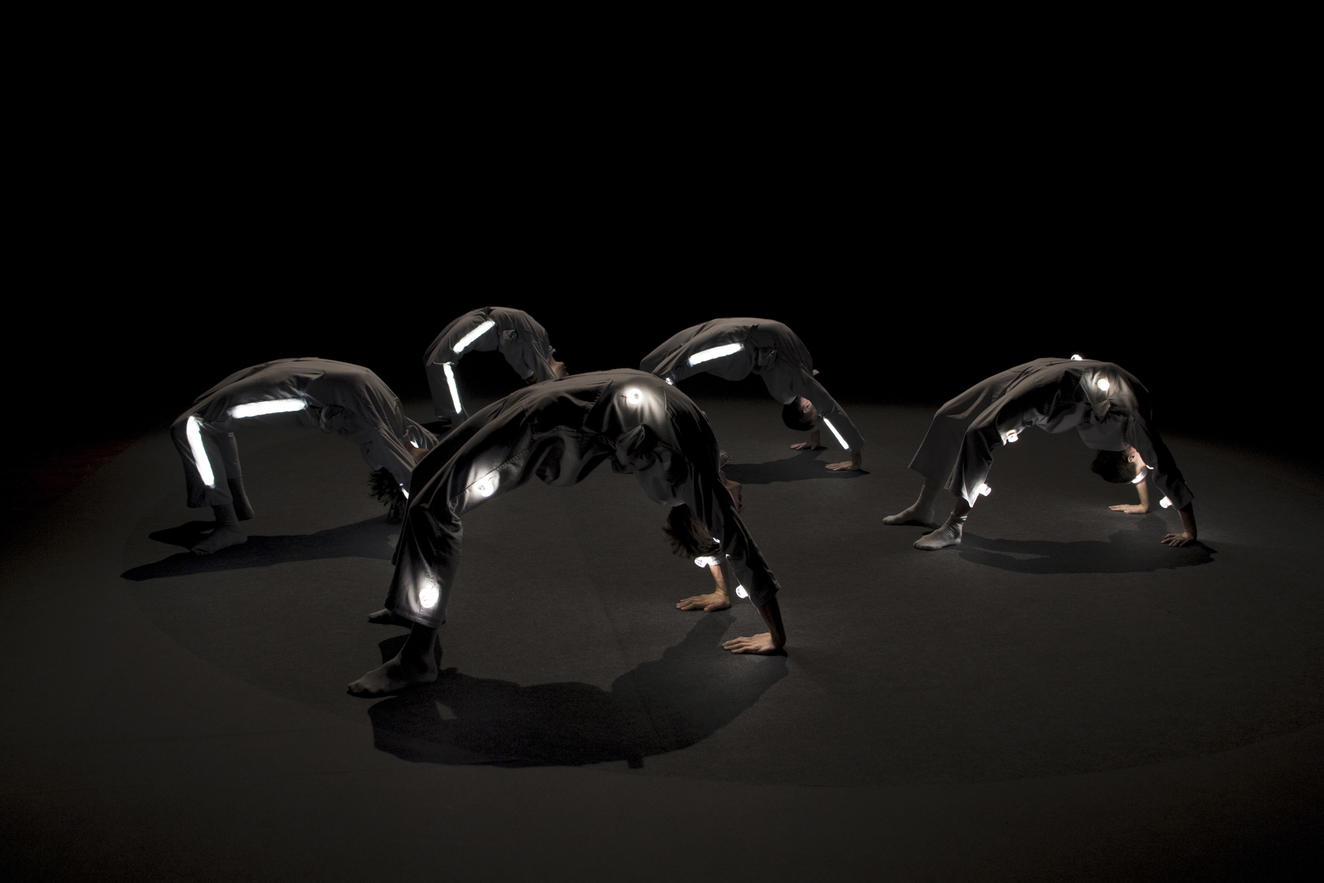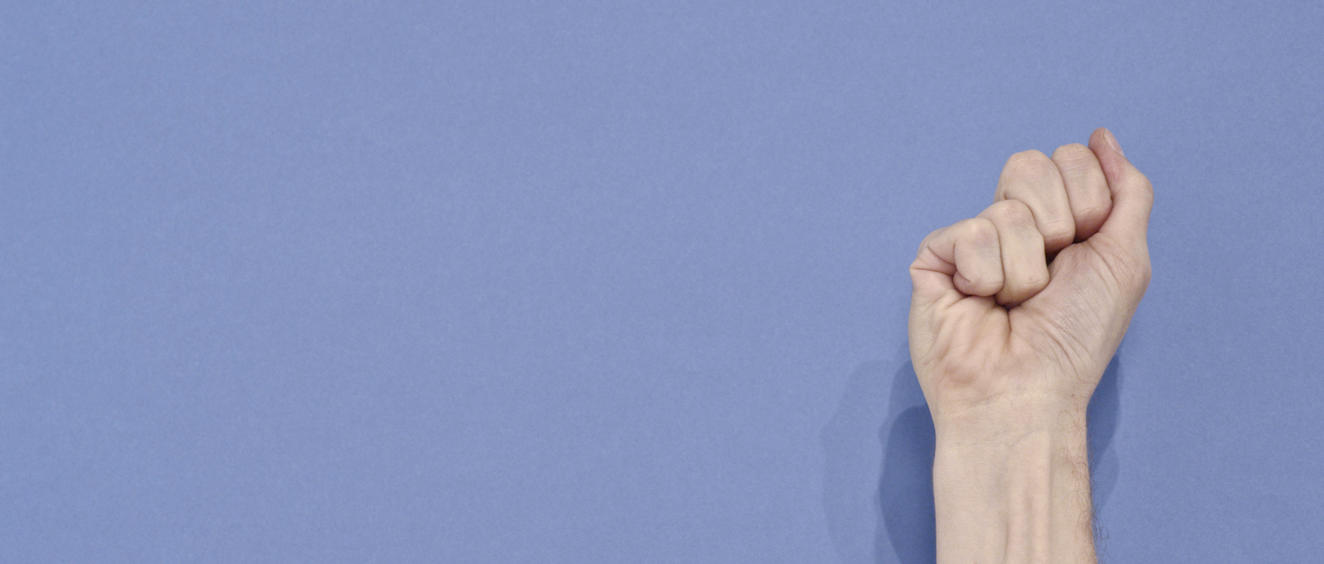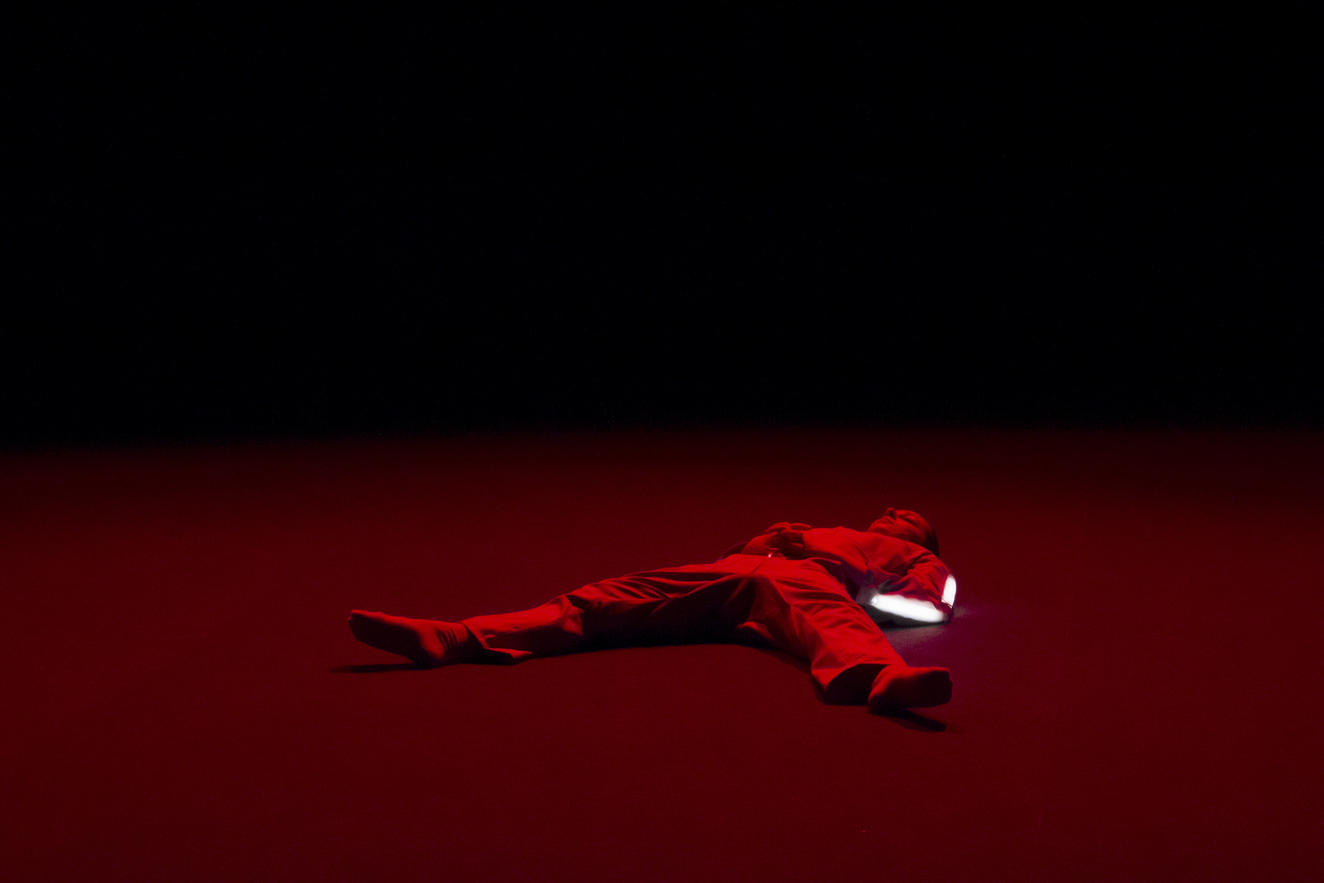Born in Grenoble in 1974, French artist Julien Prévieux has a penchant for juxtaposing conceptually engaging ideas with an intriguing range of formats and strategies. His projects offer fresh ways of considering current paradigms as they relate to the past and the future. Prévieux’s interests span politics, economics, technology, and the culture of the workplace, and he frequently incorporates the established spoken or physical languages of each to provide witty, prescient critiques.
Prévieux’s project What Shall We Do Next? (2014) was presented at DiverseWorks in Houston, Texas, in a group exhibition of the same title that ran from January 15 to March 19, 2016, and was curated by associate curator Rachel Cook. This interview took place as Prévieux was preparing for the DiverseWorks exhibition.
A. Will Brown: Julien, from what I understand, What Shall We Do Next? is a series of works. Can you detail the series and how the works build on one another?
Julien Prévieux: The first step in making this series of works was the creation of the archive of gestures and a 3-D animated short film showing movements of hands and their corresponding patent numbers. The viewer is the witness of a strange sign language or an abstract massage. Then I made this fifteen-minute film with six performers using all these gestures as performance notations, considering patents as dance scores. Furthermore, we used demonstration videos of several devices, some prototypes that never existed and their stillborn gestures. The texts of the patents were performed, too. Some are truly amazing, such as Sony’s SmartWig patent: “During a presentation the user may, for example, move forward or backward through presentation slides by simply pushing the sideburns, i.e., by pushing the one or more buttons. Thus, the user can control the presentation slides simply by natural behavior like touching sideburns.”
The film has a voiceover to change the focal length on these questions. The text is a collage of different sources: for example, a text from a designer on human computer interactions, or a citation of [Italian philosopher] Giorgio Agamben’s “Notes on Gesture.” Agamben writes that after being diagnosed thousands of times in the 19th century, some illnesses involving body compulsions ceased to be identified. For him, ataxia, tic disorders, and dystonia have gradually become the norm, which explains why we no longer notice them.
The last step was the preparation of performances highlighting other parts of the problem. I worked with facts coming from copyright history and, most notably, the Martha Graham case. In 2002, a judge ruled that the rights to the choreographer’s dances belonged to the Martha Graham Dance Company, as Graham was, in effect, an employee of her own company. As such, she did not retain the rights herself. We made a performance with it. This legal case becomes a new meta-dance performance.
AWB: Your works take so many forms, and address a myriad of subjects and ideas. What are some of your key methods of working? What forms were central to you early on?
JP: I started to do performances: I threw myself against walls, cars, people, or I rolled on the ground the whole day. These were proto-jackass performances inspired by Chris Burden, Buster Keaton, Jacques Tati, and Mark Gonzales. I used to skate a lot and really liked the very specific ways skateboarding can change the way you use street furniture and the city. From the beginning, I worked with lists, diagrams, and collections; tools and processes to classify, archive, and visualize the reality. I really like to investigate and to try to reveal what is going on in the “back office.” It then became a research methodology that can produce many different forms or situations, or situations that end in forms—such as the police officers’ drawing workshop.
AWB: Your 2011 project Forget the Money, which displays books from Bernie Madoff’s personal library, has a few component parts. Can you explain the installation and the idea?
JP: In 2010 and 2011, the FBI sold the personal effects of Bernard Madoff in auctions in New York and Miami. I was looking for what might be called “relics of crisis”: iconic residues of recent financial scandals and of the recent crisis that could give insight into our economic environment, not through approved speeches, but through their asides and offhand comments. I was particularly interested in some of the books Madoff owned, which had very intriguing titles. I missed the first auction, but immediately got in touch with the auction house, which redirected me to the actual buyers. One of the buyers sold me some books he had bought and I asked him to go to the second auction in Miami to buy other books for me. Among these books we find financial guides describing the rules of the markets, bestsellers, biographies of historical figures, books on art, on luxury watches or deep-sea fishing, dedications left by writer-friends who lost everything in the story, recipes and relaxation exercises used as bookmarks, as well as inscriptions that could act as police evidence. I exhibited these books as ready-mades and I also made diagrams and a sound piece with the content of the books. I only kept the phrases of the books with the word “Money,” making a long cut-up read by an actor, which sounds like financial spoken works. A French collector acquired the collection recently… . These books are like the sheet metal around a jet engine. They are surrounding an overheating capitalistic engine.
AWB: For you as an artist, Julien, what makes an exhibition successful? What do you hope it can, and will, do for your work?
JP: It is a mix of many parameters and it can be very context specific but, for me, an exhibition works when it strongly stimulates thought and brings on social vertigo when you are back home. I hope the exhibition amplifies the artworks and sometimes in a way that was not totally planned. If it is a group show, it happens when the curator creates links between works you were not totally aware of. In a solo show, it can be the same—the whole is greater than the sum of the parts, and I like to work on the meanings or nonsense that can be revealed by the juxtaposition of my works.
AWB: Humor also seems key to your practice. What is it about subtle or wry humor that conveys your ideas so succinctly?
JP: it is a good way to evaluate the things surrounding us, a good fighting trick.
AWB: When and why did the idea come to you for Post-Post-Production, 2004, a remake of the James Bond film The World Is Not Enough, in which you added special effects to every scene? What is the critique specifically?
JP: I reworked this Bond film in its entirety, supplementing each shot with additional special effects that include explosions, fires, giant waves, and avalanches. It was a long process, something like eight months, using after-effects software such as Combustion. Boosted in this way, the film becomes a kind of surface, a smokescreen from which emerge random scraps of action. The accumulation of visual effects creates a new rhythm, which supplants that of the narrative. It expands the production process with spontaneously suggested “improvements” that destroy the film from the interior. Every shot can become material for an “action scene,” and the film is in a state of constant eruption. The plot slowly retreats behind the ad nauseam accumulation of the effects revealing its stereotyped character. But maybe this is not the most important thing. The deluge of effects provokes a shift in the viewer’s perceptual capacity, with overkill and saturation gradually inducing a lightly hypnotic state. The constantly onscreen and visible special effects reduce the filmic image to pure light variations. It becomes literally a firework you can enjoy as such.
A. Will Brown
Curatorial Assistant, Contemporary Art
Julien Prévieux: What Shall We Do Next and Patterns of Life is on view from May 27 –November 13, 2016



